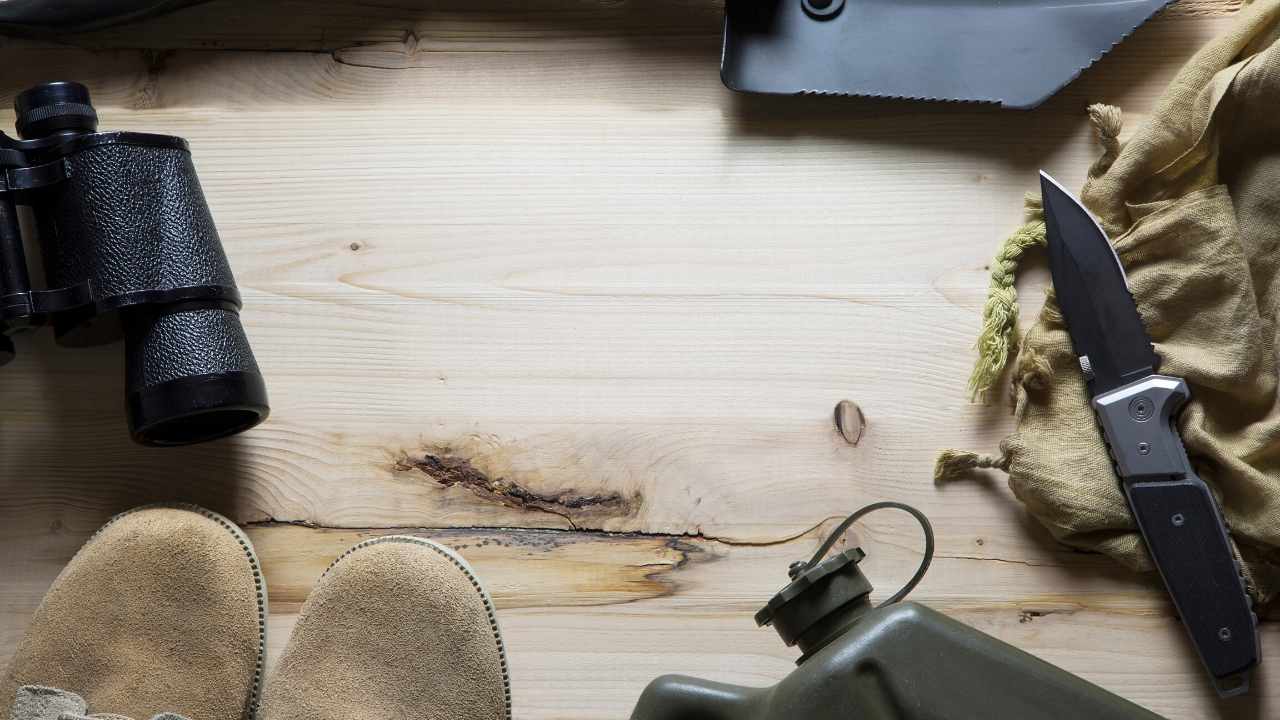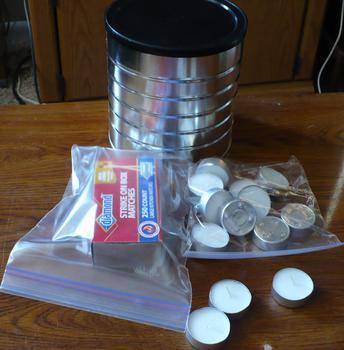
First aid in the wilderness can be more difficult than in cities, as you have to spend more time with the patient. You must clean wounds and change bandages, and purify water if necessary. Also, be prepared to deal with varying weather conditions and temperatures. Here are some tips to help you do first aid in the wild. Read on to learn more about wilderness first aid! Here's how to prepare for your first wilderness first aid class!
Foot care
When treating foot injuries, it is essential to be prepared for outdoor adventures. Hot spots, which are red and often painful, result from your feet rubbing against your shoe's sole or socks. Apply a bandage to the area to relieve the rubbing and apply some antibiotic cream if necessary. This can also be done with athletic tape. You can use athletic tape to help you apply the bandage.
The treatment of wounds
Management of wounds in the wilderness presents some unique challenges. Although many wounds can be treated easily, managing wounds in the wilderness environment presents unique challenges. The wilderness environment can make it difficult to manage wounds due to complex conditions and a lack of resources. This review provides evidence-based guidelines to help manage basic wounds in the wilderness. These guidelines are rated on the basis of their clinical strength, and the quality or evidence supporting them.
Sterile water is essential for proper wound treatment in the wilderness. The wound must be cleaned and treated as soon as possible. Stitches and other surgical dressings are not necessary. In cases of severe injuries, a suture is an option. However, sutures are a last resort in a wilderness environment, and may leave a larger scar. It is important to change dressings at least twice per day to maintain a clean wound and prevent infection. A wet to dry dressing is also a useful tool for larger wounds. You will need sterilized water to apply the dressing.

Treatment for snakebites venomous
First, identify which type of snake bit you. Once you have identified the snake that bit your skin, take immediate steps to stop its venom spreading. To stop the venom from moving through your lymphatic system, apply pressure immobilization bandages. You can clean the bite area, wrap the wound in a bandage, or wrap it with a cloth, and watch for signs of bacterial infections.
Second, be sure to get to the hospital in a hurry. If you're hiking alone in the wilderness, wait until the ambulance arrives. The effects of snake venom can be reversed by using antivenin. If the snake bite is minor, it's best to seek treatment as soon as possible. Serious snake envenomation can only be treated with antivenom. Apply a bandage to the wound if you are unable to get to a hospital.
Preparing yourself for a wilderness class in first aid
A wilderness first aid course prepares you for emergency situations that may occur in the wild. It is your primary goal to provide first aid for an injured person. You never know when an emergency situation may occur, and you may be the only person nearby. A great way to be prepared in case of an emergency is to learn wilderness first aid. Learn wilderness first aid and you'll be able help an injured person. You will also be more confident in your ability.
You can learn wilderness first aid skills whether you plan to go camping, hiking, climbing, or camping. The courses are typically a minimum of 10 hours long, and cover advanced patient assessment, improvised equipment, and wilderness-specific conditions. These courses will help you save time, money, and effort in a medical emergency.

FAQ
What is the most important thing about hunting animals?
How do we get there We start by learning how to shoot accurately. Then we must learn to hit our target. Finally, you must be able to make changes if you fail.
It is essential to know the basics of hunting. You won't improve if you don't understand what you are doing. While you may think that you've improved by taking better shots, the fact is that you won't be able to use those shots as a guide. The same applies to hitting targets. If you don’t get why you’re not succeeding, you won’t be able to change. It is important to understand your goals.
Knowledge is key. Understanding the animal you are hunting will determine your ability to hunt it. While out in the natural world, it is important that you learn everything you can about any animal you encounter. It is important to understand their habits, behaviors, and personalities. You can plan your hunts in this way to ensure they run smoothly.
Always learn from people who have succeeded before you. There are many books that can be found on this subject. In addition, there are websites like www.thehuntingzone.com that offer great tips and advice. Finally, you have people who have years and years of experience. They can help you to identify what works well and what doesn’t.
Once you have learned everything, it is time for practice. Practice makes perfect. Practice is not enough. Instead, practice until you feel confident. Confidence allows you to relax and enjoy the process. Relaxation makes it easier to concentrate on the task at-hand. Concentration allows you to take advantage of every opportunity that presents itself. Opportunities only come when you are relaxed and focused.
Once you are ready to put your new skills into practice, it is time to test them. You don't have to fail. Just keep practicing and improving. You'll eventually find success.
Is hunting dangerous?
Yes, it is possible to get hurt while hunting.
There are many different ways you could injure yourself.
A poor shooting technique is one way. An example of this is when you shoot at an incorrect angle or hit the wrong area of the animal.
Another danger is being attacked or bitten by another animal.
Every year, hunting accidents occur. Many people are seriously or fatally injured by guns.
Hunters are advised to keep their guns loaded until they reach their destination.
It is also important that they do not take their guns with them when they venture into the woods.
Always keep your eyes wide open. Always be aware of your surroundings and pay attention to any sounds.
If you are not prepared to defend yourself, do not approach animals.
Never chase after prey. Instead, just wait patiently for them.
Never make a mistake. They could lead to injury and death.
You should be careful when you are near cliffs or other places where you cannot view what is below.
Avoid rivers and streams. These places could flood unintentionally.
It is best to not drink alcohol while hunting. You will have a slower reaction time due to alcohol.
You should always keep your safety equipment handy. You should always carry a first aid kit and flashlight.
It is crucial to be able respond to an emergency. Do not assume you know the basics of first aid or CPR.
How many Americans rifle hunt in the US
Around 2 million hunters use rifles to hunt deer, elk and moose each year.
Most of these hunters come from rural regions and are male.
They hunt in solitude, usually using a crossbow or a bow, and hunt during daylight hours.
Hunters target most often whitetail deer (68%) followed by muledeer (13%) or black bears (10%)
Although there are no data from a national level on the number of women who hunt, it is evident that female hunters are participating in greater numbers.
What kind of training should I get to hunt? How long does it take?
An introduction course is necessary to learn how hunting works. This course will teach you about hunting and give you information about the laws.
You will learn how to properly handle firearms and ammunition. These instructions will help you safely use them.
This course can take anywhere from two to three weeks. Some courses can only be taken online. Others are taught in person.
A written test is required to qualify for a license. You may also need to show that you have completed a hunter education course.
How much does it take to get licensed? What if I don’t make enough money?
The cost to get licensed depends on where you live. It ranges from $20 to over $100.
You may be eligible to receive a grant or loan if your income is not sufficient.
A tag must be purchased in addition to the hunting fee. Prices for tags vary depending on what type of game you hunt.
You can purchase tags for bears, elks, mooses, waterfowl, birds of the highlands, and furbearers (such foxes)
Some states require that you register with the Department of Natural Resources in order to obtain a license.
Before you go out hunting, make sure you check all local regulations.
How much does it take to hunt?
A hunting trip costs different depending on where you live and what kind of wildlife you want to hunt.
Generally speaking, the average price for a two-person hunting party ranges between $500-$1,000 per person. This includes lodging and food as well equipment, permits, fuel, and licenses.
There are some areas that charge more than others. Hunting during peak seasons such as the fall turkey and spring turkey seasons will result in higher prices.
Statistics
- - Percent of residents with paid hunting licenses: 0.7%- (stacker.com)
- Indiana, for example, saw a 28% jump in turkey license sales during the first week of the season. (stacker.com)
- Over the past 50 years, the number of hunting licenses in California has been on a rapid decline, falling 70% from more than 760,000 in the 1970s to under 268,000 in 2020—even as the state's population has skyrocketed, according to The Mercury News. (stacker.com)
- Less than 1% of Hawaii's population has a hunting license. (stacker.com)
External Links
How To
How to hunt deer
One of North America's most popular outdoor activities is deer hunting. Hunting deer is an exciting sport. It takes patience, skill, knowledge, practice, and perseverance. A hunter must be able use his equipment effectively and make informed decisions when hunting. To be a successful hunter, you must first understand the habitats and environment of the animals. Hunters of deer must know where the best hunting spots are. They should be able to identify the type of food that they are looking for and the best time to eat it. Hunters need to know how much meat they are allowed to eat without becoming sick.
Hunting deer in the wild is not an easy job. There are many things to consider. If you don't own land, you must obtain permission from the landowners. If you don't have enough money for a gun purchase, you can rent one from a shop. A gun rental costs $10 per day plus the tax. After you rent a gun, you will need to register it at your local station. Registration takes five minutes and costs just $5. Keep your guns clean and oily. Cleaning the gun includes cleaning the barrel, bolt and trigger guard as well as safety, stock and hand grip. You should oil the gun by applying a small amount of oil to every part. This helps prevent rust, and ensures that the gun works well.
When you are ready to shoot, you must first find a place to set up camp. Camping near roads and houses is prohibited. You must not leave any trash behind. Remember to take everything with you when you go camping. You should also bring extra water, food, and other essentials. Also, bring a flashlight to help you see it at night. Always keep a map with you to show where you are and where your destination is. You should dress appropriately for the weather. Boots and gloves are recommended. You should carry a compass and a knife. You should always have a cell phone.
Before you start shooting, check that your ammunition is in order. Make sure that all the bullets fit in the magazine. You should never fire more than three shots in a row. You should be capable of quickly reloading. Careful planning is essential. Keep your sights low on small games like squirrels and rabbits. For large games such as deer, aim high. Be calm and steady. If you get nervous, you'll miss your target. Slowly squeeze the trigger and hold your breath. Wait until the animal stops running before shooting again.
These tips will help you ensure that you don't kill an animal. Watch closely for signs that the animal is injured. If the animal is wounded, you must stop shooting. You should aim to hit the animal’s heart or lungs. Shoot from the shoulder. Shooting from the hip is dangerous. You might accidentally hit someone else. You should never shoot at anything that moves. You should always look around you before firing a shot. Your gun should not be pointed directly at another person. If you are not certain that an animal is dead, you should not shoot it. A pregnant woman should never be shot. You should never shoot while driving a car.
Books about hunting are a great way to improve your skills as a hunter. You can find many books online about hunting. These books teach you how to hunt and how to track animals. Many hunters claim that reading books makes them feel more connected to nature during winter.